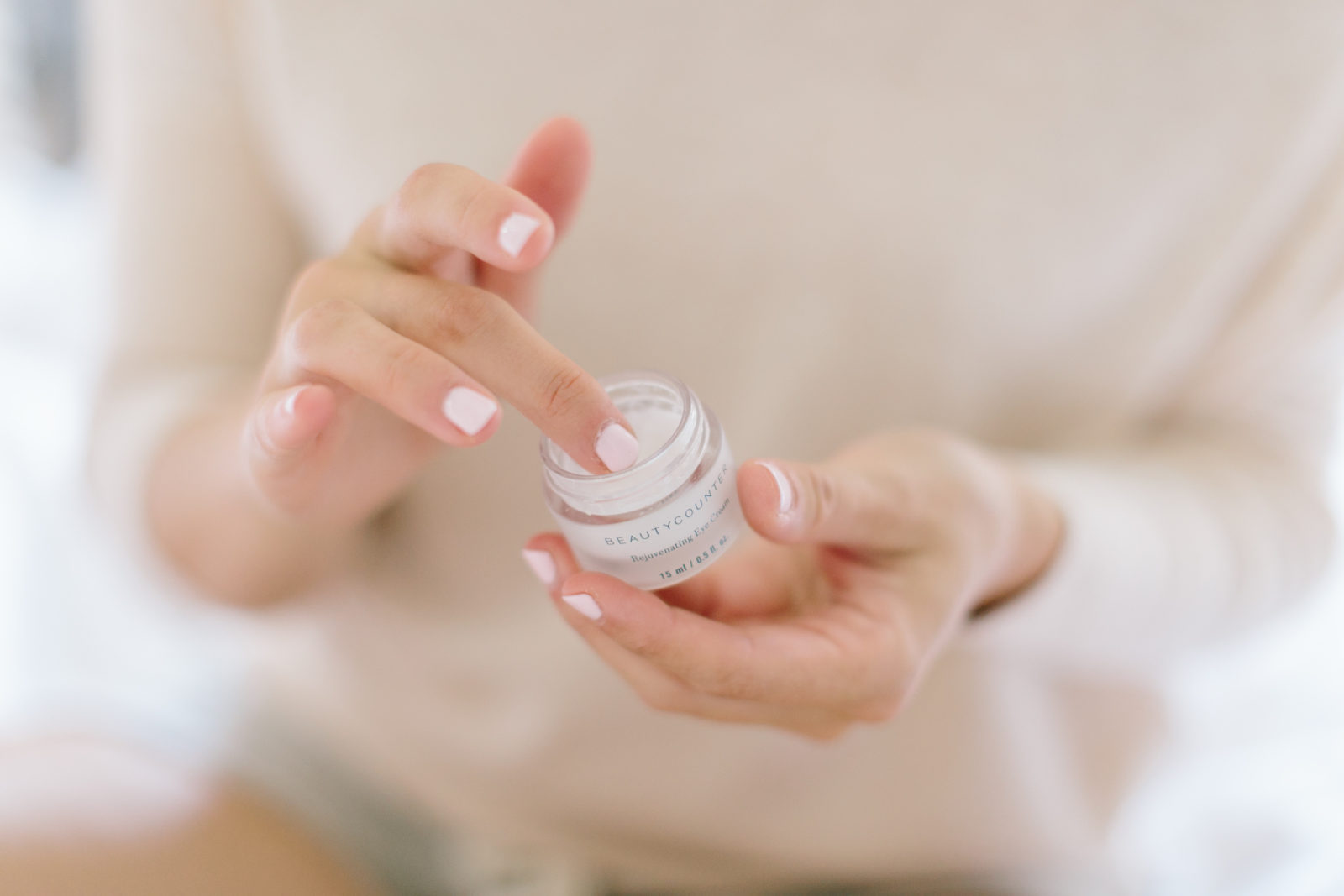 When it comes to healthy food and skincare, we often think that natural or organic is better. Sadly, today, those terms do not have as much meaning as they did 5, 10 or 20 years ago.
When it comes to healthy food and skincare, we often think that natural or organic is better. Sadly, today, those terms do not have as much meaning as they did 5, 10 or 20 years ago.
As safe beauty products and non-toxic living is gaining popularity, (and I am here to tell you it is not a fad, but a important aspect of healthy living) companies are slapping on labels to make their products “more marketable.”
But, looking at the source of a product or ingredient does not always mean that it is safe!
So let me break it down for you, because darn this can be confusing.
- Source: where an ingredient comes from (natural, plant-derived, synthetic)
- Safety: an ingredient’s potential impact on our health
See now why looking at SAFETY is KEY?
But, let’s go back to sourcing for a minute. Here are 3 main ways we can SOURCE an ingredient:
- Natural: produced by nature, without human intervention—for example: essential oils.
- Plant-derived: came from a plant, but has some kind of chemical manufacturing process to change its form—for example: raw coconut oil is processed into a lathering agent such as SLS or SLES which is very toxic and harmful to you.
- Synthetic: made in a laboratory, often comes from fatty acids, oil or gas—for example: panthenol is a form of vitamin B that is safe to use in cosmetics.
Bottom line?
The source of an ingredient does not determine the SAFETY of that ingredient to YOU.
For example: essential oils are totally natural, however for some, especially those with sensitive skin and babies, essential oils can be too intense and actually create skin issues! Or another example: mineral makeup may seem more “natural” but in reality it often contains pore clogging ingredients and even heavy metals which are not safe at any levels.
Safety goes a bit deeper and asks does the beauty product ingredient in question have the potential to harm a person’s health, and if so, in what way and at what levels? This is more than just measuring acute reactions (such as if an ingredient irritates the skin or eyes); it’s about long term health!
So how do I know if my beauty products are safe?
- Avoids the bad list: fragrances, parabens, lead, heavy metals, SLS & SLES, phthalates, mineral oils, synthetic waxes, formaldehyde, triclosan, PEG compounds, oxybenzone.
- A company’s transparency: Is a company being completely transparent about its ingredients, sourcing, manufacturing process and readily available to answer your questions? This means they have nothing to hide and generally are a safe company to trust!
- Heavy metal testing: Beautycounter, a company I love and trust, batch tests all products for heavy metals. There is no amount of heavy metals that are safe, so batch testing ensures that all products are safe. Beautycounter is one of the few companies that batch tests—which is so important because ingredients are pulled from different parts of the world at different times, thus their safety is constantly in question.
- Right for you: Even if a product is entirely safe, it may not be the right product for you! Some individuals have bad reactions to products made with essential oils or those with coconut oil, not bad ingredients in themselves.
Safer solutions?
My favorite beauty brands that I trust and actually perform well are Beautycounter and Primally Pure—and for non-toxic cleaning I LOVE Branch Basics!
For more on this topic, listen along to episode 74: Clearing Up Confusion with Changes in the Beauty Industry.


leave a comment